Telicota bambusae | Dark Palm Dart
When some people see a skipper, they often mistake it for a moth rather than a butterfly.
That makes sense because the skipper is a kind of butterfly with very short and small wings, unlike most butterflies.
I had the same reaction when I first saw the skipper: I thought I was looking at a moth. However, I gradually learned a lot about the science of insects from related websites and became at least a little informed about how to identify the insects that I captured.
Skipper butterflies, also known as the family Hesperiidae, have over 3500 described species and are found all over the world. The physical characteristics of skipper butterflies are fairly easy to identify because they all have one thing in common: their wings are short and small, but they fly very quickly.
One of the skipper butterfly species I captured on a smartphone. Telicota bambusae, also known as the dark palm dart, belongs to the genus Telicota.
The butterfly is orange, sometimes golden yellow, with dark brown compound eyes that protrude. With brown patches on the wings, the hair covered the head, neck, and thorax.
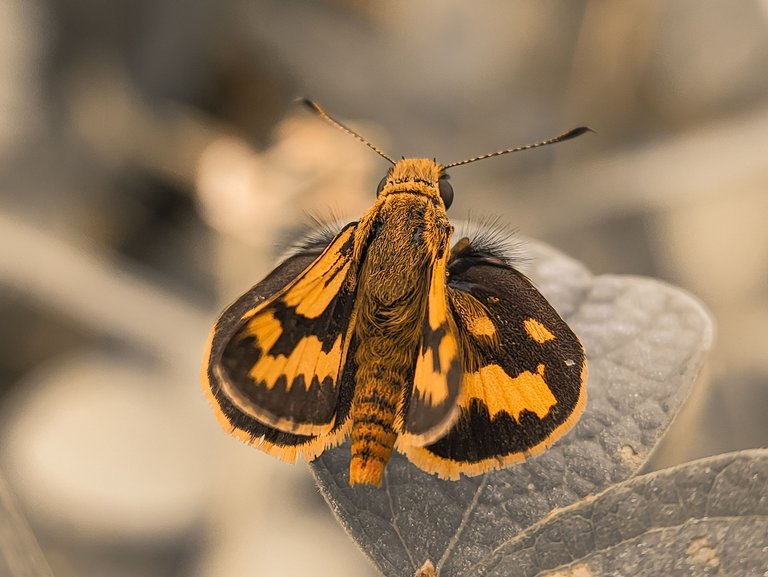
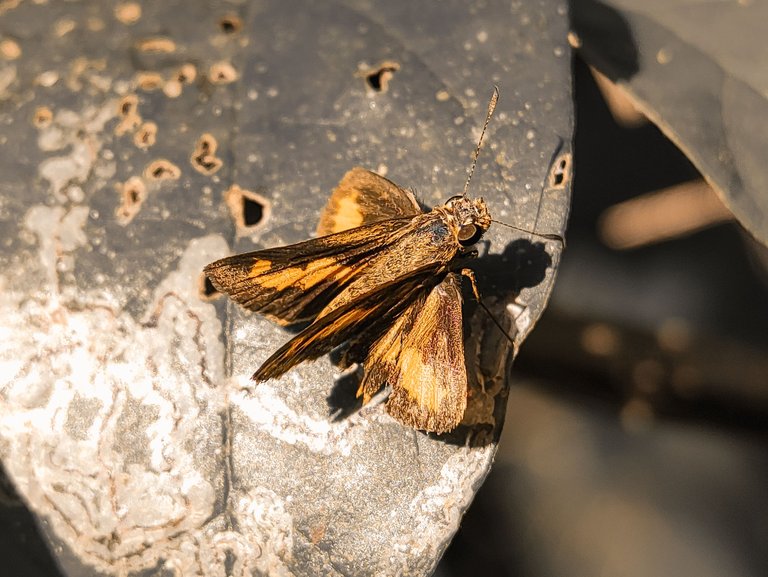
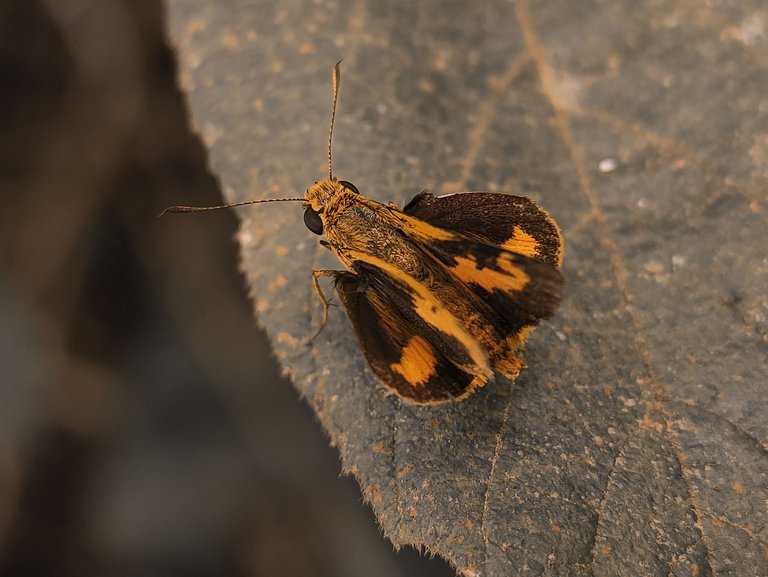
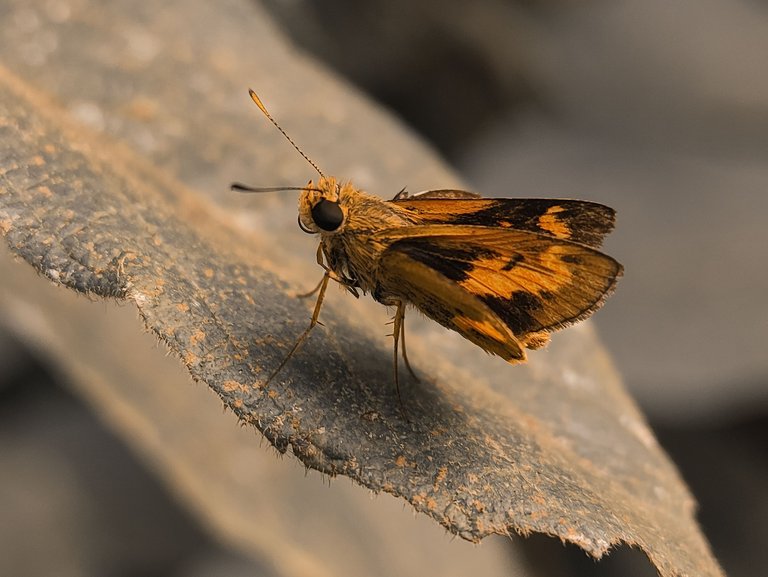
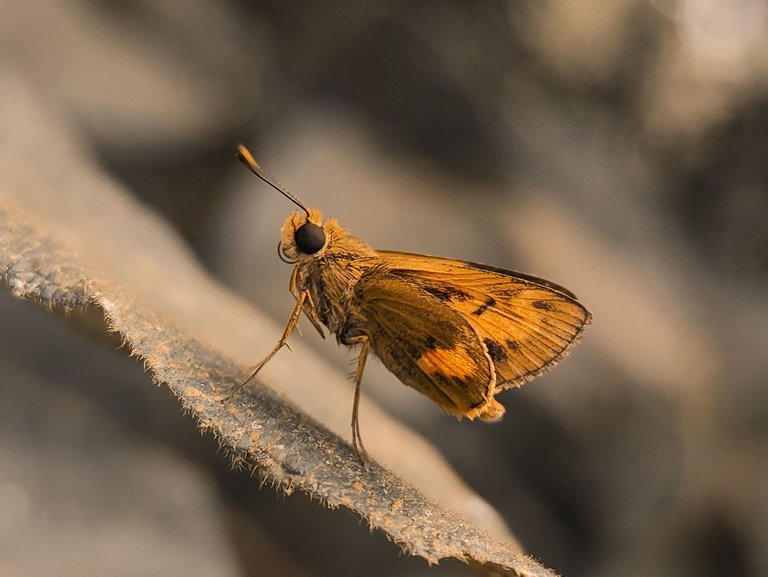
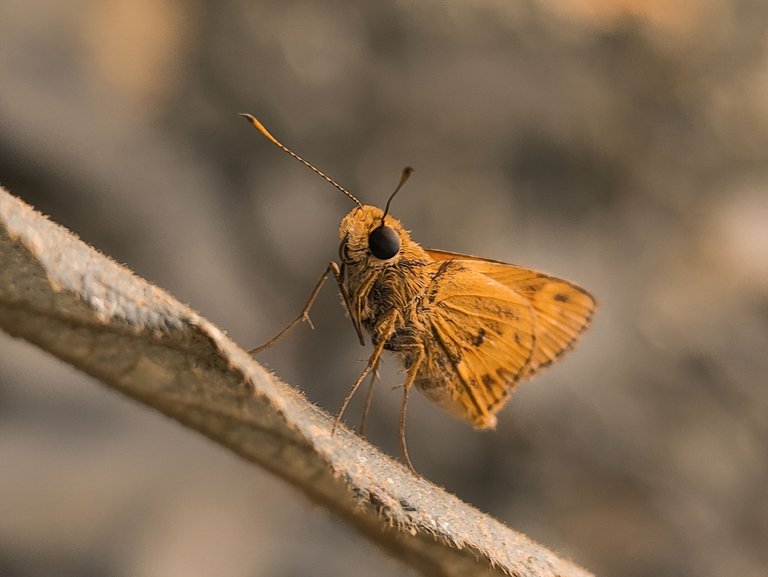
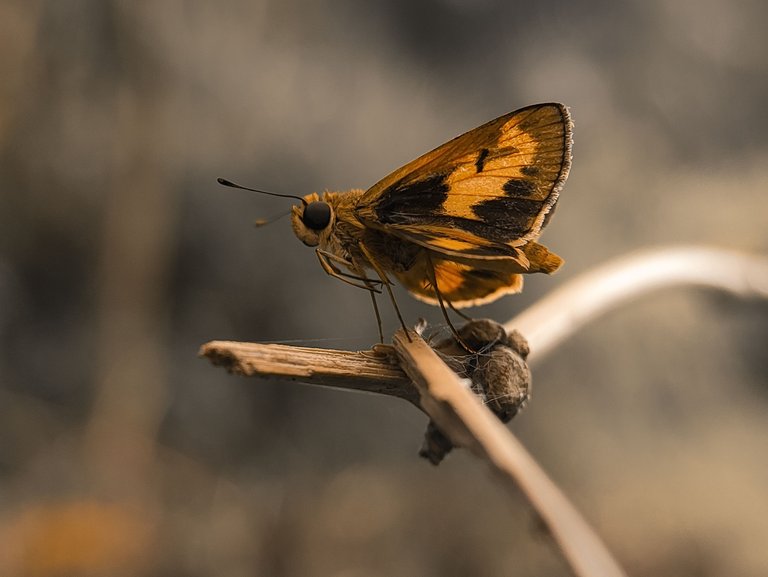
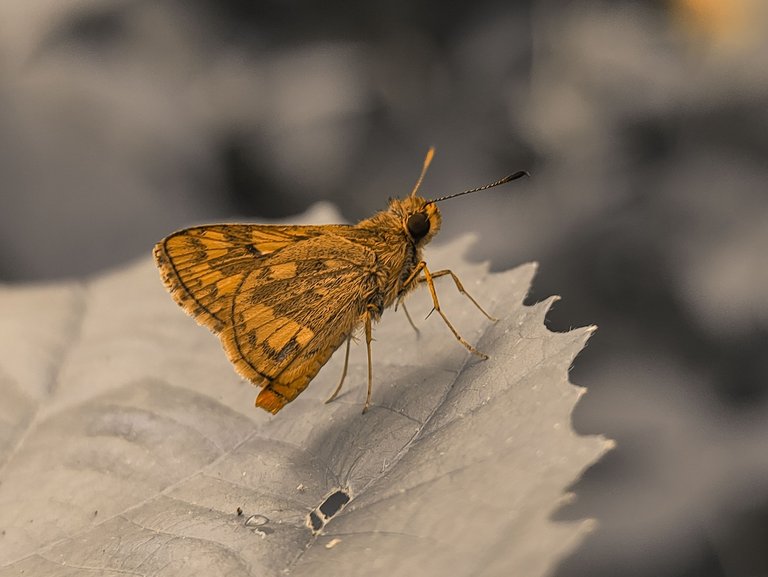

Congratulations @akukamaruzzaman! You have completed the following achievement on the Hive blockchain And have been rewarded with New badge(s)
Your next target is to reach 2500 comments.
You can view your badges on your board and compare yourself to others in the Ranking
If you no longer want to receive notifications, reply to this comment with the word
STOPTo support your work, I also upvoted your post!
Check out our last posts:
Support the HiveBuzz project. Vote for our proposal!
https://reddit.com/r/insects/comments/10od0ci/telicota_bambusae_dark_palm_dart/
The rewards earned on this comment will go directly to the people( @the01crow ) sharing the post on Reddit as long as they are registered with @poshtoken. Sign up at https://hiveposh.com.
Thanks @the01crow. I sincerely appreciate it.